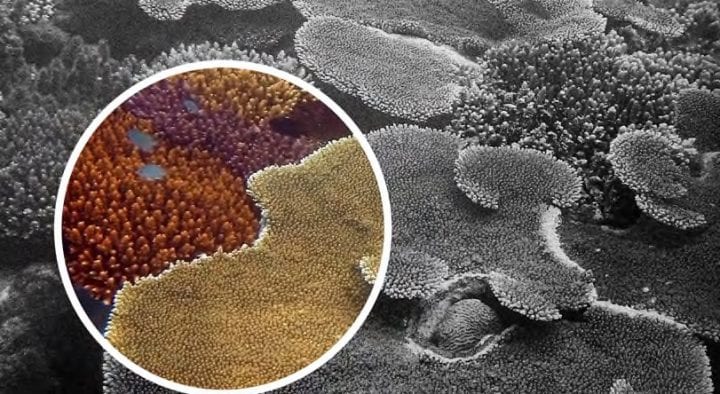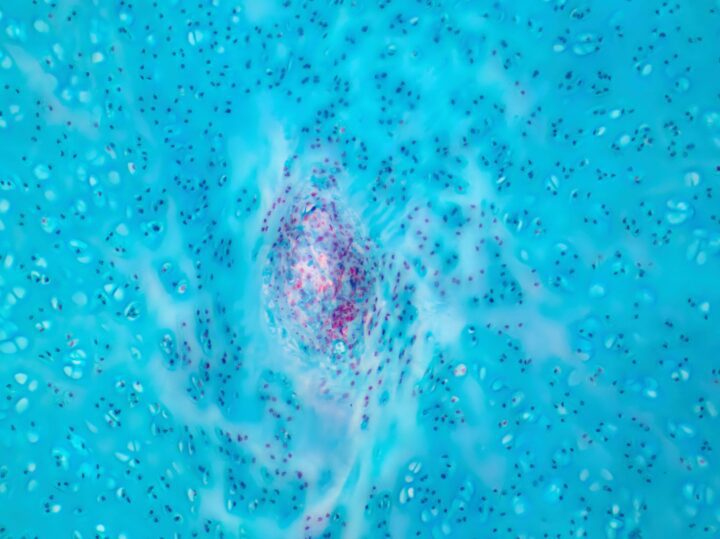Carbon Capture from Blue Planet uses the carbon mineralization process to produce carbon neutral coarse and fine aggregate made from sequestered CO2.
Benefits
- Sustainable
- Reduced CO2 pollution
Applications
- Construction
- Infrastructure
UN Sustainable Development Goals Addressed
-

Goal 12: Responsible Production & Consumption
The Challenge
Greenhouse gases are at the highest levels ever recorded. These gases absorb solar energy and keep heat close to the Earth, known as the greenhouse effect, causing global warming. Carbon dioxide is the primary greenhouse gas and is emitted from burning materials like fossil fuels.
Innovation Details
Sequestered carbon dioxide is used as a raw material for making carbonate rocks, similar to the process that coral reefs use to make their hard exteriors. It works by taking CO2 from flue gas and converting it to carbonate rocks. The carbonate rocks are used in place of natural limestone rock mined from quarries, which is the principal component of concrete. This differentiates Blue Planet from most CO2 capture methods because the captured CO2 does not require a purification step, which is an energy and capital intensive process. As a result, Blue Planet’s capture method is extremely efficient, and results in a lower cost than traditional methods of CO2 capture.
Biological Model
Coral polyps are tiny, soft-bodied organisms related to sea anemones and jellyfish. At their base is a hard, protective limestone skeleton called a calicle, which forms the structure of coral reefs. Carbon dioxide created from cellular metabolism in the coral polyp diffuses into a closed space directly above the existing coral skeleton. This CO2 is transformed into a building material for its exoskeleton.







